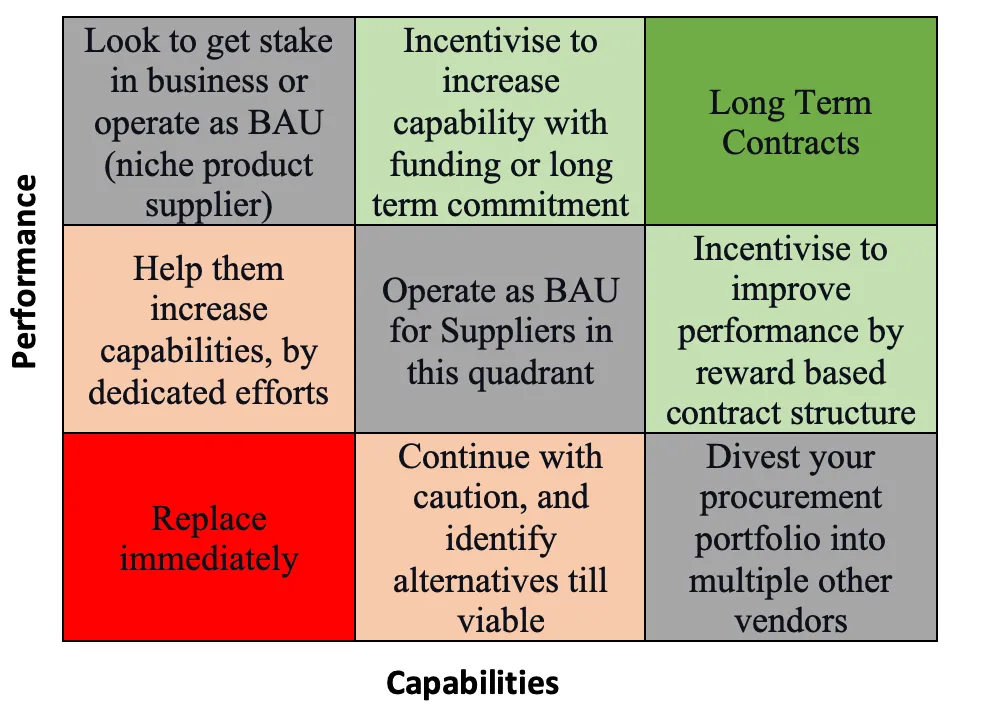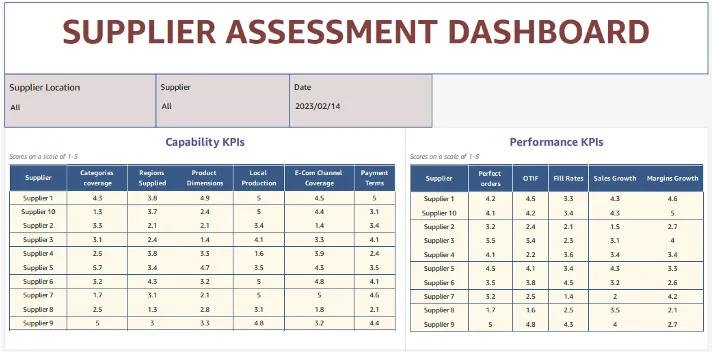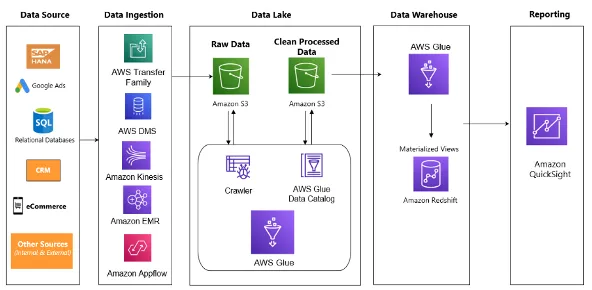Building a Supplier Assessment Framework for integrative negotiations in Retail Industry Using AWS Cloud
February 2023 | 5-minute read

Tagged: SupplierAssessment | ProcurementFramework | SupplierNegotiations | WinWinRelationships | SupplierPerformance | DataIntegration | CloudDataPlatform | AWSIntegration | BusinessIntelligence | DataAnalytics | SupplyChainOptimization | DecisionMaking | VendorManagement | DataLake | SupplierRelations
Sourcing & Procurement (S&P) teams generally spend much time collecting data for discussions with their suppliers. Post-data collection, these discussions with suppliers happen based on the performance of the products and their service. The negations with vendors are often Distributive in nature and are often a “Win-Lose” conversation where the party with more Power gets their way. This “Value Claiming” exercise often leads to long-term issues with suppliers and, in the future, impacts businesses.
To solve the above challenge, retailers should focus on creating frameworks that help the procurement team negotiate with their suppliers in integrative manner. Those discussions should focus on building longer-term relationships and working together to make a “win-win” business.
The solution approach would be as follows.
- Build an assessment framework that measures supplier performance and capability, enabling actionable decision-making.
- Build a unified platform where data from various sources is present in a single location to assess the supplier.
Supplier Assessment Framework:
As an individual from a consulting background, I like to assess problems in a 2x2 or 3x3 framework. One of the ways I propose is to create a 3x3 grid where on
- X-axis, the suppliers would be rated based on their performance across various performance KPIs like Perfect Orders, Fill Rates, OTIF, Margins growth, Sales growth and other identified KPIs.
- Y-axis, we measured the supplier's capability KPIs like the number of categories they supplied to, number of regions they provided service in, breadth and depth of products available, produced locally, payment terms, ability to serve in E-Com business and various other capabilities-related factors.

Figure 1: 3X3 matrix segmenting the Suppliers in the Organisation
To score these suppliers and place them on the grid,
- S&P team can calculate the KPI value individually and scale them between 1-5 across suppliers (individually for performance and capabilities).
- The next step in this process would be to assign weights to individual KPIs to get a single score for Performance & Capability. Weight is assigned based on business priorities or through surveys where an “Analytical Hierarchy Process” to deduce weights for each of the KPI
- Post calculation of performance & capabilities, cut-off points for each box in the quadrant is defined based on the business and market position of the company.

Figure 2:Illustrative example on how Supplier can be assessed and scored
The dashboard shows the scores calculated against each Performance and Capability KPI for different suppliers. This helps them to focus on specific gaps relevant to low scored KPIs and not on other metrics.
Unified Data Platform on Cloud:
For a unified data platform, retailers can leverage Amazon Web Services (AWS) to build their Data Lake & Warehouse systems on the cloud. Running this system on the cloud would bring various data formats/types from disparate systems in one common location for vendor-wise large-scale computation of these KPIs.

Figure 3:Illustrative AWS cloud architecture for Supplier Assessment Framework setup
The above figure is an illustrative example of design architecture on how data from Disparate sources are collated into Data Lake on Amazon Simple Storage Service (S3) and then further processed and stored in Data Warehouse where calculation of the KPI occurs in Materialized views feature of Redshift.
Businesses can further utilize Amazon QuickSight to build the Supplier Assessment Grid on a dashboard view, ensuring the Grid is pre-calculated and drillable for each category. Appropriate Category managers can act accordingly.
Conclusion:
Supplier Assessment Grid gives businesses the leverage to have an open and integrative discussion with suppliers enabling enterprises to build more long-term partnerships with their suppliers. Building their data lake and Business Intelligent systems on AWS eco-system businesses can automate their data collection, allowing firms to save 10,000+ hours in data collection and report generation (if manually done previously), effectively helping them focus on effective decision making.
To learn more about Ganit and its solutions, reach out at contact@ganitinc.com.